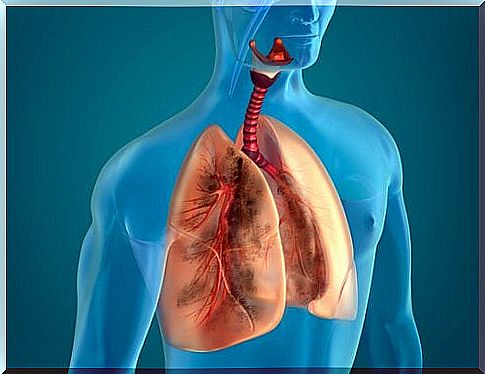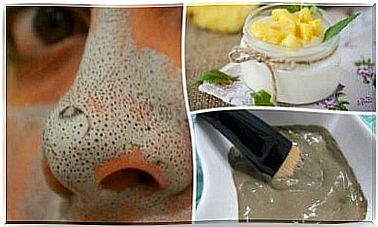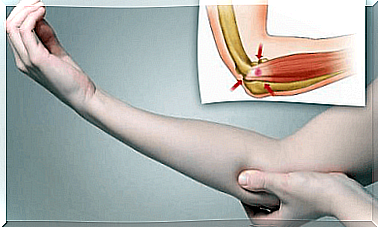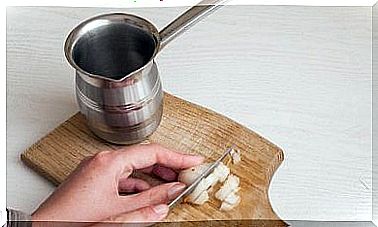How To Take Care Of Your Lungs
Our lungs are essential for our survival. Without it, our body would have no vital oxygen. Take care of her!

The lungs are one of the most important organs in any body because they are the ones that supply each of our cells with oxygen through the blood. It doesn’t work without them, which is why you should make sure to keep them healthy in everyday life.
More than just lungs: our airways
Not only your lungs should be healthy, the entire respiratory tract is an interplay that supplies your body with vital oxygen if it is functioning properly.
It is a complex system that has the sole task of supplying our body with oxygen and removing metabolic products such as carbon dioxide from the body. The following organs and components belong to the airways:
- nose
- throat
- Larynx
- windpipe
- Tracheal main branches (trunk bronchus)
- Bronchi
- Bronchioles
- Alveoli
We don’t need to explain to you at this point how smoking damages your respiratory tract and what secondary diseases result from it.
This article deals with the possibilities that non-smokers have to keep the stress on their airways and lungs low in everyday life and to protect and care for the airways.

Breathe properly
Of course, our breathing works automatically. But stress, unhealthy posture, tension or respiratory infections sometimes prevent us from really being able to breathe so freely and deeply that our lungs can fully develop.
With relaxation exercises such as yoga, your chest becomes wide and relaxed so that your breathing can flow freely again.

Clean air in the office
It is not difficult to reduce the pollution of fine dust in our everyday life. You don’t need a new car for that. It’s logical that car traffic also produces fine dust, but also in our own four walls – or at work – there are many sources that cause fine dust and that you can turn off or change yourself!
Computer printers produce a lot of fine dust, which puts more strain on our lungs than diesel vehicles on the road. So don’t set up the printer right next to your workplace, but preferably in a separate room.
If the printer is in your study (or in another room in which you spend a lot of time), make sure that you ventilate well to remove the fine dust created (and created) by the printer from the air you breathe!

Clean air at home
Green plants clean the air and absorb pollutants that are gradually released into the room air by carpeting, wall paint or furniture. They absorb carbon dioxide or carbon monoxide from the air, reduce dust pollution and produce new oxygen.
The following houseplants do the best:
- Dragon tree
- Green lily
- A leaf
- Efeutute
- ivy
- Chrysanthemums
A good idea not only at home, but also in the office, your lungs will thank you for it! Did you know that just three candles cause more particulate matter than a diesel vehicle? Avoid candles to keep the air in your home clean.

Clean air in the bedroom
For a good and healthy sleep, it is advisable to ventilate shortly before going to bed. The night you spend the longest in an enclosed space and pollutants have time to migrate into your body via your lungs.
Plastic products such as vinyl wallpaper, PVC floors or synthetic fiber carpets can outgas, for example, and thus pollute the air in the room.
Therefore, avoid carpets and floor coverings with strong odors in the entire apartment, but especially in the bedroom.
When choosing materials for interior decoration and furniture, give preference to low-pollutant materials such as untreated wood or other natural materials.
Remove foreign matter
Our airways have a very effective filter system to filter foreign substances such as dust from the air before they get into our lungs.
After you have spent a long time in a very dusty room or in dusty nature, for example in the wind, you surely know the traces of it that you find in the handkerchief when you blow your nose.
You can rid your airways of these substances using the following methods:

Nasal douche
The use of nasal showers is very effective. You can get this in the drugstore or pharmacy. They are available made of inexpensive plastic or also made of durable ceramic. The latter have the advantage that they last longer and can be washed very hot, for example in the dishwasher.
You don’t need any special additives for the nasal douche, normal sea salt from your kitchen cupboard is enough! To do this, dissolve a teaspoon of salt in 500ml of warm water.
The water should ideally be at body temperature. Now use the nasal douche the same number of times on each side according to the instructions to make it easier for foreign substances, secretions and mucus to drain off.
If you don’t have a nasal douche or don’t want to buy one, you can carefully pull the saline solution up from a cup into your nostril and then push it out again by snorting vigorously over a sink.
Repeat with each nostril and, regardless of whether it is a nasal douche or a mug, make sure that the water does not run down the throat!

Inhale
The healing principle of inhalation consists in inhaling hot water vapor. This cleanses the mucous membranes in the upper airways and increases their blood flow. Inhalation is easy to do at home under your own direction.
To do this, place a large saucepan or a heat-resistant bowl (for example a small washbowl or dough bowl) on a table, fill the bowl or saucepan with hot water to just below the rim and, depending on your taste and personal preferences, add inhalation additives.
It can be just salt, or chamomile tea, eucalyptus oil, peppermint leaves, or lavender oil. Then you sit down in front of the table, put a large towel over your head and bend over a pot or bowl. Not too deep, but always with a “safety margin” of two hand widths so as not to get burned.
The towel should be spread over the head and bowl so that no steam can escape. Now inhale the rising vapors with deep breaths through your nose and mouth at the same time.
After 10 to 20 minutes, remove the towel from your head and wash your face with lukewarm water.









